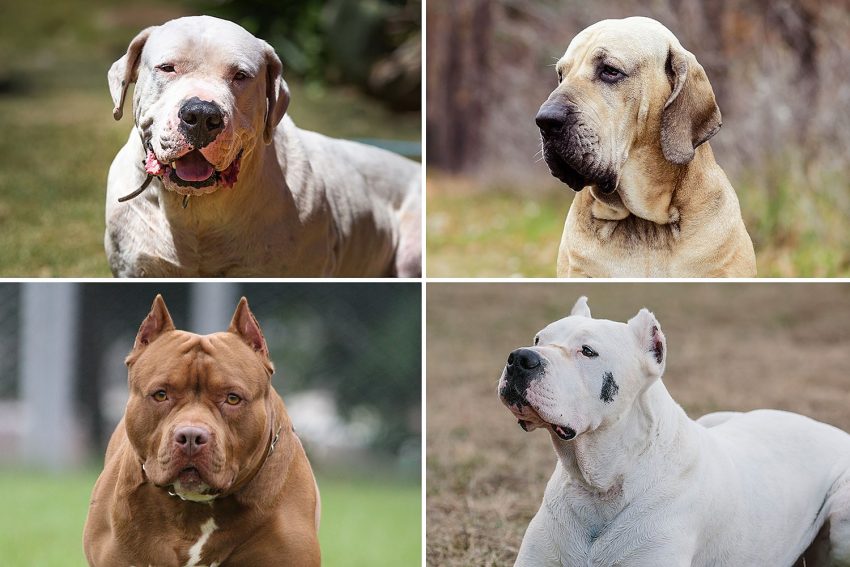“Banned dog breeds” typically refer to specific breeds or types of dogs that are prohibited or subject to restrictions in certain regions or countries. These restrictions are often implemented due to concerns about the potential for aggression or safety risks associated with these breeds. The specific list of banned or restricted dog breeds can vary significantly depending on the local laws and regulations of a particular area.

In the United Kingdom, there are certain breeds of dogs that are subject to breed-specific legislation, often referred to as “banned breeds” or “restricted breeds.” These laws were put in place to control and regulate certain breeds or types of dogs that are deemed to pose a higher risk of aggression. It’s important to note that the legislation does not ban these breeds outright, but it places restrictions on their ownership, breeding, and handling. The specific laws and regulations may vary in different parts of the UK, but some of the commonly restricted breeds include:
- Pit Bull Terrier: This breed is often at the center of breed-specific legislation in the UK. It includes American Pit Bull Terriers, as well as dogs that resemble the breed’s characteristics.
- Japanese Tosa: Japanese Tosa is a large and powerful breed often banned due to concerns about aggression.
- Dogo Argentino: This breed is known for its strength and is sometimes subject to restrictions.
- Fila Brasileiro: Also known as the Brazilian Mastiff, this breed is often restricted due to its protective nature.
- Perro de Presa Canario: This breed, originally from the Canary Islands, can be subject to restrictions.
It’s important to emphasize that breed-specific legislation is a controversial topic, and many animal welfare organizations and experts argue against it. They believe that the focus should be on the behavior and training of individual dogs rather than banning specific breeds. Regulations and restrictions related to dangerous dogs are aimed at promoting responsible ownership and ensuring public safety.
These laws may also vary depending on the specific region within the UK. It’s essential for dog owners or those interested in certain breeds to check with local authorities or government websites to understand the specific regulations in their area regarding restricted or banned breeds. Additionally, laws and regulations can change over time, so it’s crucial to stay informed about any updates or changes in the legislation.
These breeds have been prohibited under the Dangerous Dogs Act 1991, which was enacted following a series of dog attacks, including some resulting in fatalities.
The Dangerous Dogs Act makes it illegal to possess any of these four breeds, as well as crossbreeds suspected to include any of these breeds. It is also against the law to engage in breeding, selling, or offering these breeds for sale.
If you are found in possession of a banned breed dog, you may face penalties such as fines of up to £5,000, a prison sentence of up to six months, or both. Moreover, the dog itself could be seized and euthanized.
Several reasons contributed to the ban on these four breeds. They are all robust, powerful dogs with the potential for danger if not properly trained and socialized. Additionally, they exhibit strong territorial instincts and can display aggression towards other dogs and humans.
It’s essential to recognize that not all dogs from these breeds are inherently dangerous. Many individual dogs of these breeds are affectionate and gentle companions. However, the UK government has determined that the perceived risk associated with owning one of these breeds outweighs the benefits.
To see full list of banned dog breeds by countries, please see this article: https://petolog.com/articles/banned-dogs.html
For individuals contemplating dog ownership, thorough research is crucial. Selecting a breed that aligns with your lifestyle and experience level is essential. Furthermore, proper training and socialization are key aspects of responsible dog ownership, regardless of the breed chosen.

Leave a Reply
You must be logged in to post a comment.